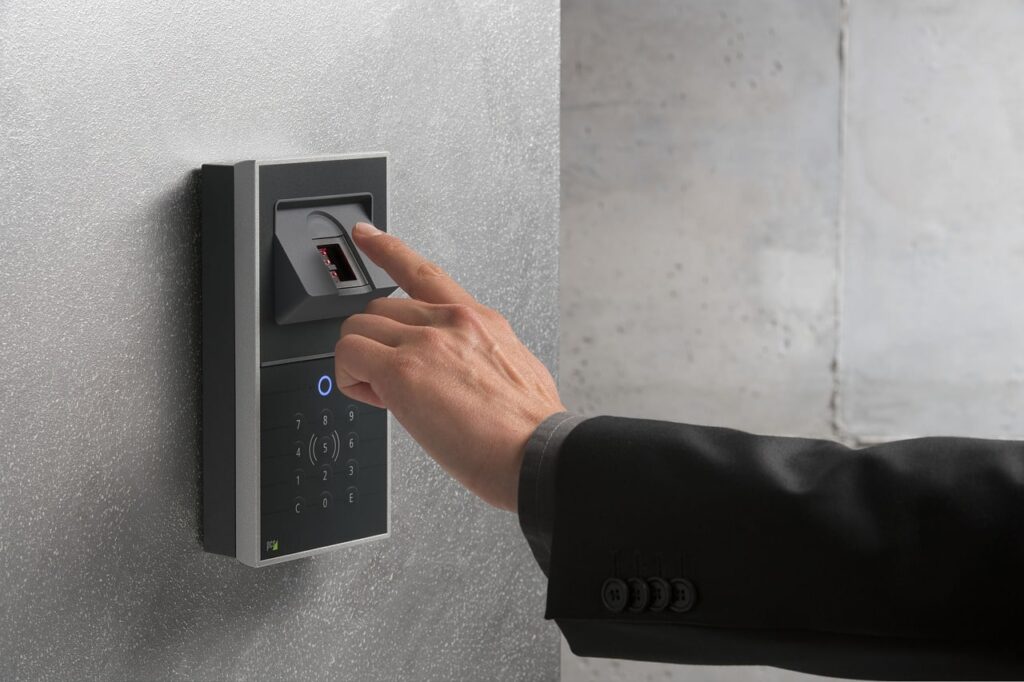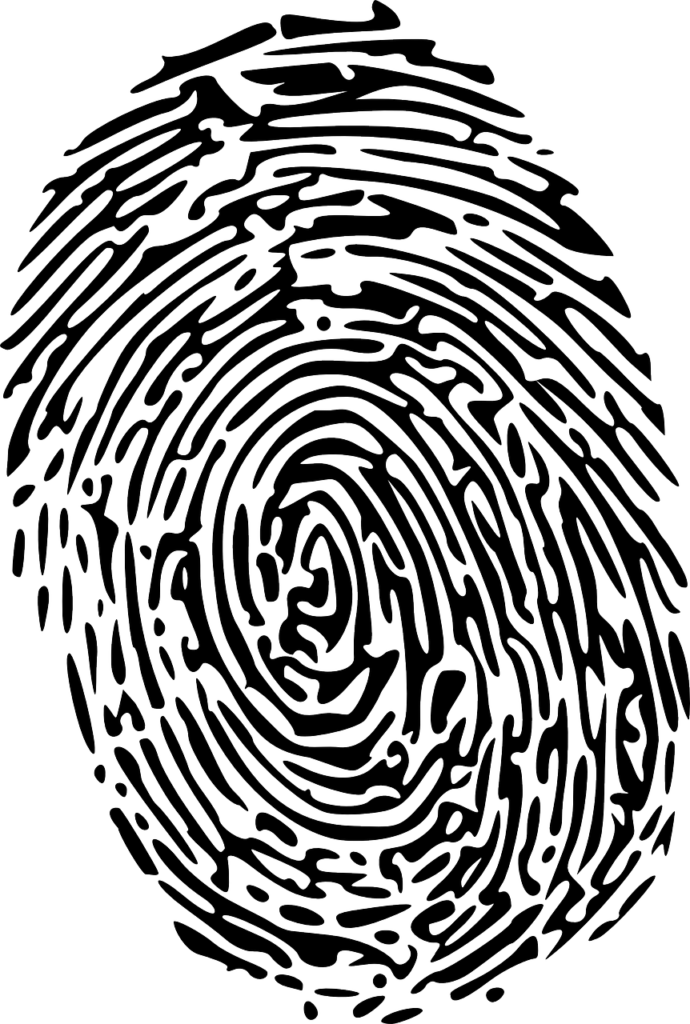Fingerprint:

Fingerprinting is the process of taking an impression of the papillary ridges of the fingertips to identify a person.
MEDICOLEGAL IMPORTANCE
- Identification by this method is absolute because
- The distribution of ridge patterns is highly divergent in different people. So, no two fingerprints can be identical.
- The pattern remains unchanged throughout his life;
- It is invariably found at the scene of the crime, which can be studied. Fingerprints can be taken even from highly decomposed bodies.
- A fingerprint can be taken from mummified saponified bodies.
- The migration of Cl⁻ ions can be used to measure the age of fingerprints.
- MilliFingerprint prints can be stored so that, whenever necessary, the desired print can be easily sorted and identified for study purposes.
TYPES OF FINGERPRINTS
Primarily, there are 04 types of ridge patterns.
- Loops (65%)
- Whorl (25%)
- Arches (07%)
- Composite (02 to 03%)
POINTS OF COMPARISON TO DIFFERENTIATE FINGERPRINTS:
1. edge pattern
2. edge ending
3. edge missing
4. icebreaking
5. Ridge bifurcation
6. Iidge reunion
7. Ideological gap
8. Take Formation
9. Slain Formation
0. Studying the ridge
1. Pattern of Delta
2. Pattern of Core
3. Direction of delta, etc.
METHOD OF FINGERPRINTING
There are two types:
- Visible Fingerprint
- Invisible/Latent/Chance Fingerprint
Fingerprints are taken in two ways
- Plain Method
- Rolled Method
Fingerprint is developed in different ways.
- When the surface is hard and non-absorbent, such as glass, porcelain, wood, or metal, the developing powder is either aluminum dust (a gray powder) or charcoal (a black powder).
- Chemicals such as iodine vapor, silver nitrate, or ninhydrin are used for soft and absorbent surfaces, including paper, cardboard, and cloth.
- Latent Fingerprints on small and movable articles can be easily preserved after development and sent to the fingerprint lab for analysis.
- However, when they are on a large, immovable surface, after developing a fingerprint with powder, the adhesive surface of adhesive cellophane paper is pressed onto the print and then taken off. The adhesive surface lifts the powdered fingerprint pattern.
Nowadays, fingerprints are studied by computers. F NDER II is the digital reading system used by the FBI of the USA.

